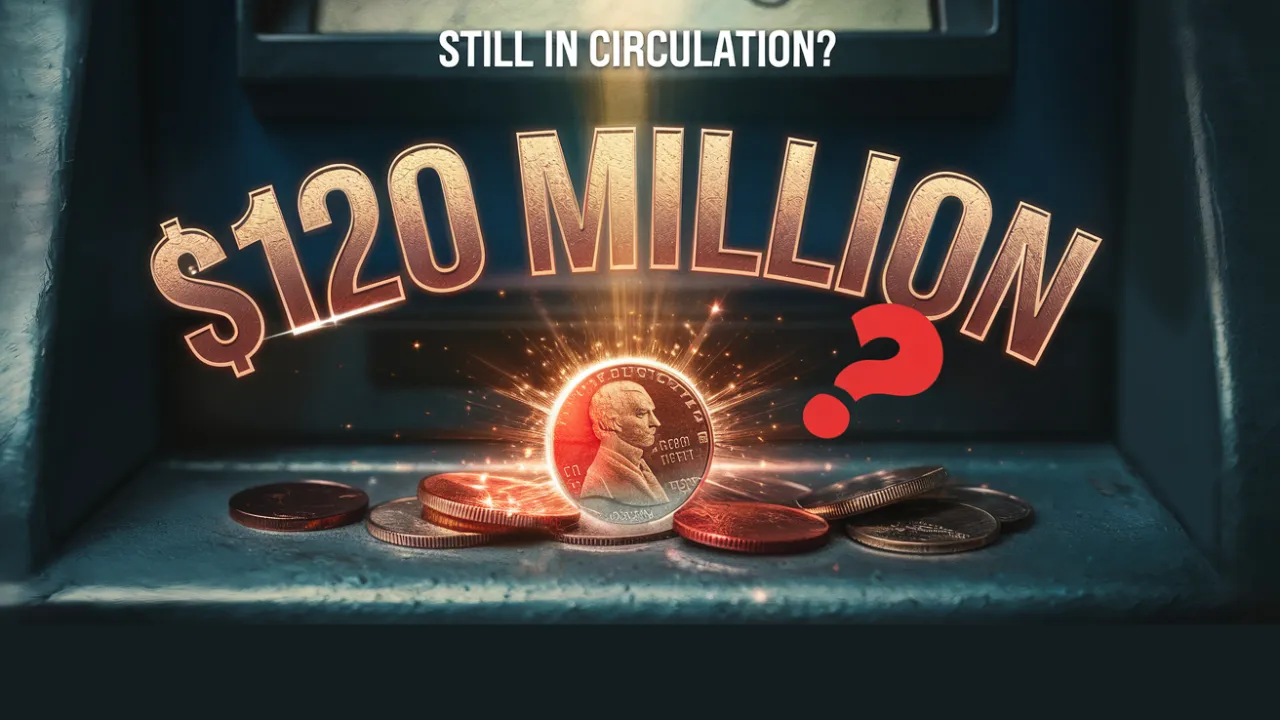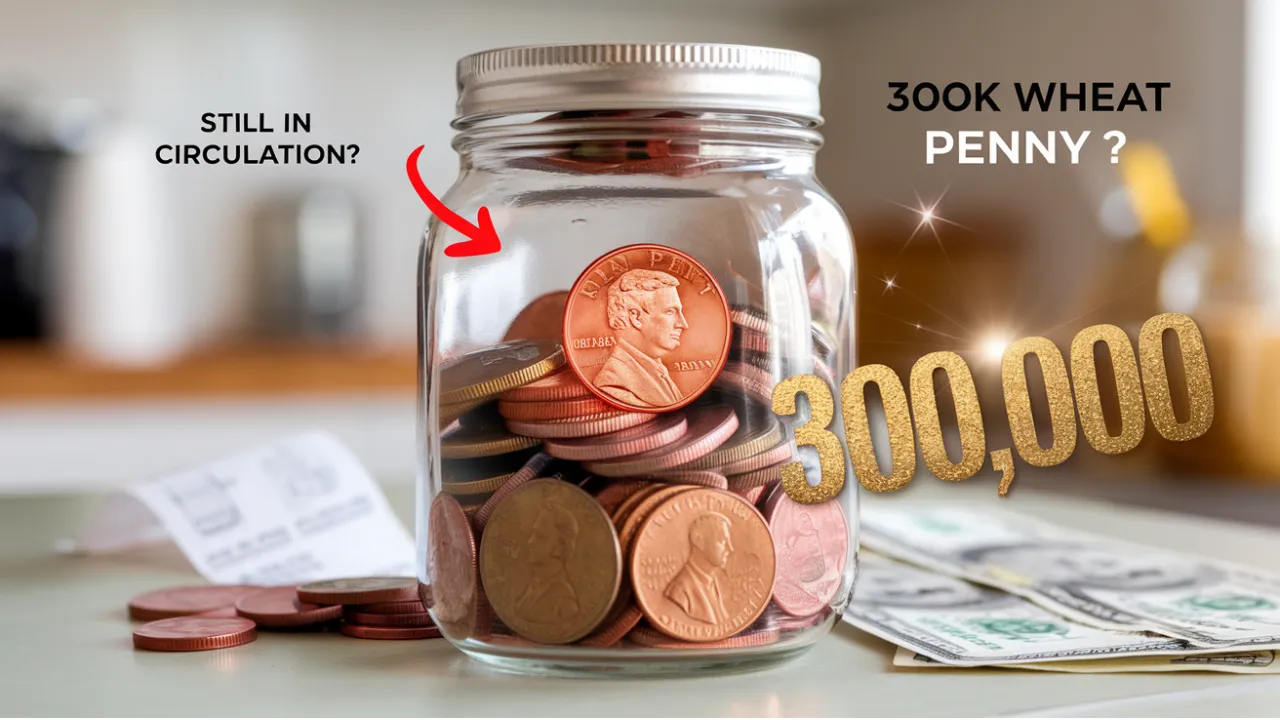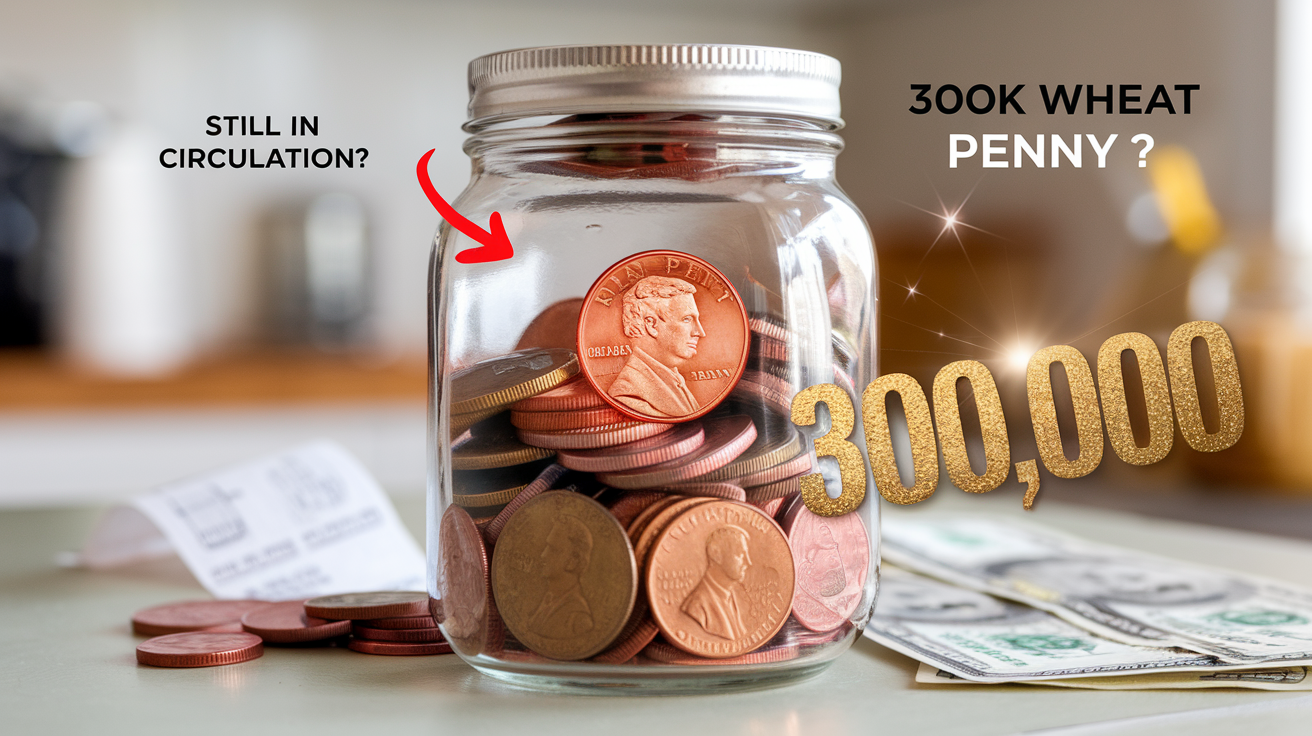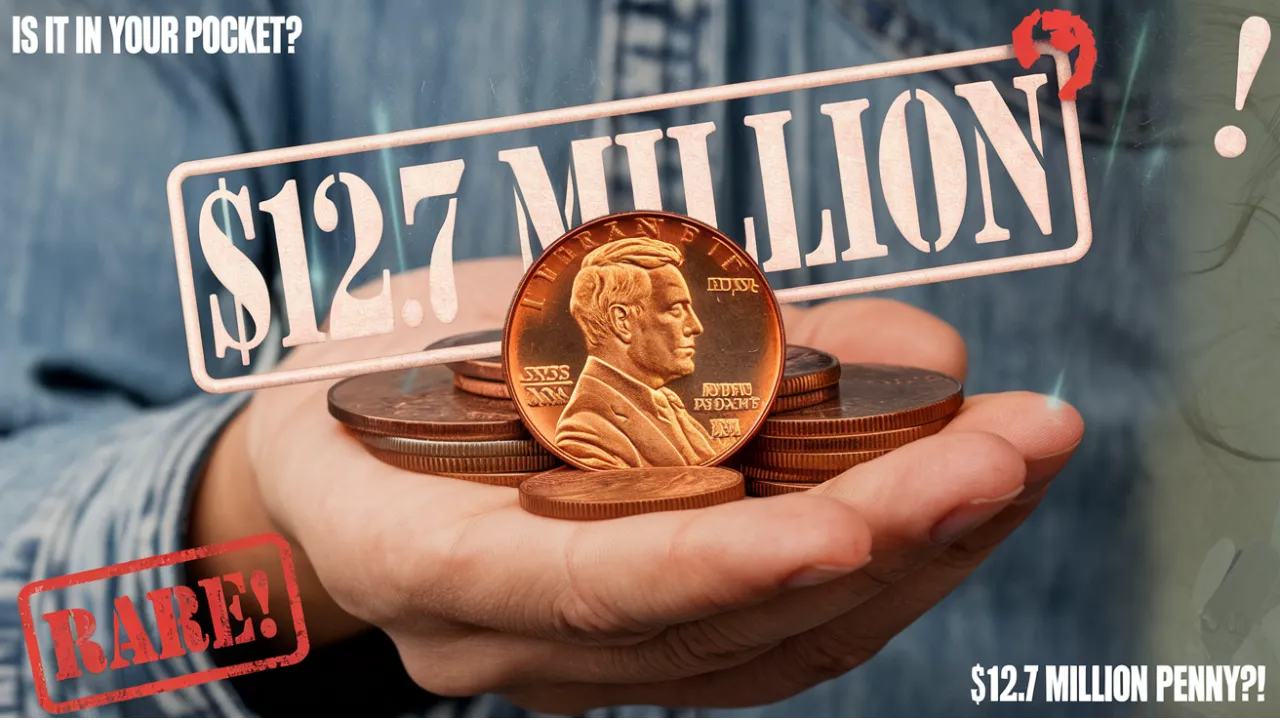The Lincoln Wheat Penny Valued at $60K Still Circulating in Pocket Change: The Lincoln Wheat Penny is not just a small piece of copper—it’s a symbol of American history with the potential to be worth a small fortune. Imagine finding a penny in your pocket that could sell for as much as $60,000. It might sound like a dream, but rare versions of this iconic coin are still out there, waiting to be discovered by lucky collectors.
In this article, we’ll explore what makes the Lincoln Wheat Penny so special, why certain ones are worth thousands of dollars, and how you can spot one. You’ll also learn about the famous 1943 Bronze Wheat Penny and practical tips to increase your chances of finding one of these valuable coins.
Overview of the Lincoln Wheat Penny
| Feature | Details |
| Coin Name | Lincoln Wheat Penny (Wheaties) |
| Production Years | 1909 to 1958 |
| Designer | Victor David Brenner |
| Front Design | Portrait of Abraham Lincoln |
| Back Design | Two wheat stalks symbolizing prosperity |
| Most Valuable Version | 1943 Bronze Wheat Penny |
| Estimated Value of Rare Versions | Up to $60,000 |
| Factors Influencing Value | Rarity, minting errors, condition, and historical significance |
What Is the Lincoln Wheat Penny?
The Lincoln Wheat Penny, affectionately called “Wheaties” by collectors, was introduced in 1909 to honor the 100th anniversary of Abraham Lincoln’s birth. Designed by sculptor Victor David Brenner, it was the first U.S. coin to feature a president’s portrait. The reverse side of the coin showcases two wheat stalks, symbolizing prosperity and growth, a design that became a hallmark of American coinage.
Produced until 1958, the Lincoln Wheat Penny holds sentimental and historical value, making it a favorite among collectors. While most pennies are worth just a few cents, certain rare editions of the Wheat Penny can fetch thousands—or even tens of thousands—of dollars.
Why Are Some Lincoln Wheat Pennies So Valuable?
Not all Lincoln Wheat Pennies are valuable, but some stand out due to specific characteristics that make them rare and desirable. Here’s what makes some of these coins worth a fortune:
- Low Mintage Years: Coins produced in limited quantities are more difficult to find, increasing their value. For example, the 1909-S VDB penny is highly sought after due to its limited production of only 484,000 coins.
- Minting Errors: Coins with errors, such as double dies or off-center strikes, are rare and command higher prices. Collectors value these unique imperfections because they occur infrequently.
- Historical Significance: Older coins, particularly those from the early years of production, often carry historical importance, increasing their demand.
- High-Grade Condition: Coins in excellent condition, especially those graded as “Mint State,” are more valuable because they have retained their original appearance with minimal wear.
The $60,000 Lincoln Wheat Penny
One of the most valuable Lincoln Wheat Pennies ever discovered is the 1943 Bronze Wheat Penny. During World War II, the U.S. Mint switched from copper to zinc-coated steel for penny production to conserve copper for the war effort. However, a few bronze planchets—metal discs used to strike coins—were mistakenly used in 1943, creating an extremely rare error coin.
Because so few were made, the 1943 Bronze Wheat Penny is considered one of the rarest coins in American history. In excellent condition, one of these pennies sold for an astonishing $60,000 at auction. Its combination of rarity, historical significance, and unique backstory makes it a prized possession for coin collectors.
How to Spot a Rare Lincoln Wheat Penny
If you’re curious whether you have a rare Lincoln Wheat Penny, here’s what to look for:
- Check the Date and Mint Mark: Focus on pennies from years with low production numbers, such as 1909-S VDB, 1914-D, and 1931-S. The mint mark is located below the date on the front of the coin.
- Look for Minting Errors: Use a magnifying glass to check for errors like double dies, off-center strikes, or unusual markings that can increase a coin’s value.
- Examine the Material: If you find a 1943 penny, test it with a magnet. Steel pennies will stick to the magnet, but a bronze penny will not—indicating it could be extremely valuable.
- Assess the Coin’s Condition: The condition of a coin significantly affects its value. Coins with minimal wear, clear details, and no significant damage are worth more. Consider having your penny professionally graded by a certified coin grading service to determine its value.
Where to Look for Rare Lincoln Wheat Pennies
- Check Your Everyday Change: Rare pennies can still appear in circulation, so always check your pocket change before spending it.
- Search Coin Rolls: Purchase rolls of pennies from banks and search through them to find hidden gems.
- Visit Estate Sales and Antique Shops: Older collections often contain valuable coins that may be sold at reasonable prices.
- Attend Coin Shows: Coin shows are great places to find rare coins and connect with knowledgeable collectors who can help you identify valuable pennies.
Valuable Lincoln Wheat Pennies to Watch For
- 1943 Bronze Wheat Penny: Worth up to $60,000 due to its rare minting error.
- 1909-S VDB Penny: Highly sought after, with only 484,000 produced.
- 1914-D Penny: Rare because of its low mintage and high demand among collectors.
- 1931-S Penny: Valuable due to its limited production numbers.
- Double-Die and Off-Center Errors: Unique minting errors significantly increase a coin’s value.
Tips to Preserve Your Lincoln Wheat Pennies
To maintain the value of your Lincoln Wheat Pennies, follow these preservation tips:
- Handle with Care: Hold the coin by its edges to avoid damaging the surface.
- Store in a Protective Case: Use coin holders or airtight capsules to protect coins from air and moisture.
- Avoid Cleaning the Coin: Cleaning can damage the surface and reduce its value. It’s best to leave coins in their natural state.
- Keep Coins in a Safe Environment: Store coins in a cool, dry place to prevent corrosion and damage.
FAQs About the Lincoln Wheat Penny
1. Why is the Lincoln Wheat Penny so valuable?
Certain Lincoln Wheat Pennies are valuable due to their rarity, minting errors, historical significance, and excellent condition.
2. How do I know if my 1943 penny is rare?
Test it with a magnet. Steel pennies will stick to the magnet, but bronze pennies will not—indicating a rare and valuable coin.
3. Can I still find rare Lincoln Wheat Pennies in circulation?
Yes, rare pennies occasionally appear in everyday change, though they are becoming harder to find.
4. What should I do if I find a valuable Lincoln Wheat Penny?
Handle it carefully, store it in a protective case, and consider having it professionally graded to determine its value.
5. Where can I sell a valuable Lincoln Wheat Penny?
You can sell valuable coins through reputable coin dealers, online auctions, or collector forums.
Final Thought
The Lincoln Wheat Penny is more than just a coin—it’s a piece of history that could be worth a fortune. With a little patience and attention to detail, you might discover a valuable penny hiding in your pocket change or coin collection. Keep an eye out for rare dates, minting errors, and unusual materials—you never know when you might find a hidden treasure. If you enjoyed this article, share your coin-hunting experiences in the comments, and explore our other articles on rare coins and collectibles!







